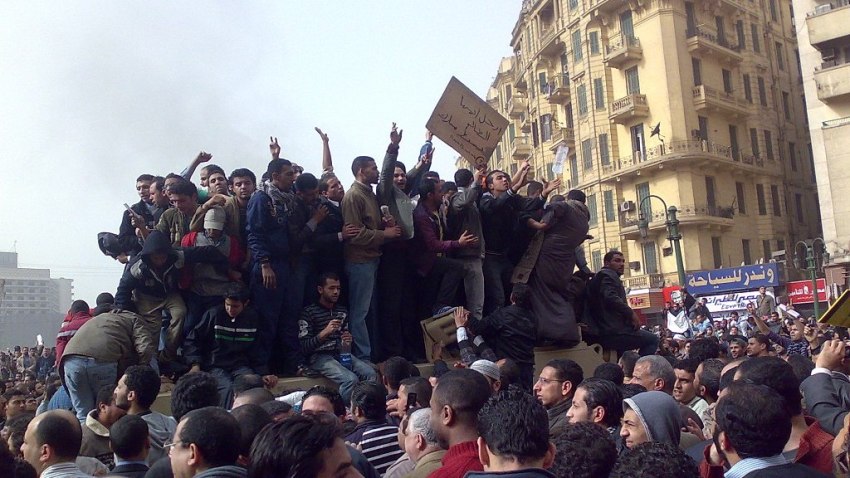Commentary on generational conflict and the radicalism of youth goes back at least as far as the ancient Greeks -- from the tragedies of Oedipus to the comedies of Aristophanes, we find the younger generation contesting the power and morals of their elders. Such conflict is probably always present to some degree in every family and every generation. Yet the coalescence of individual youthful impatience with the ways of the older generation into social movements of rebellion or revolution is something that happens more rarely and only when certain economic, political and social conditions prevail.
It is far too simple, and misleading, to simply point to a “youth bulge” and say that a wave of rebellion and revolution will follow. In fact, most countries with large youth bulges have remained stable, with a normal, reasonable state of cross-generational tension, for decades. The countries that had revolts in the Arab Spring of 2011 -- Egypt, Tunisia, Yemen, Libya and Syria -- all had large youth bulges. But other countries in the region and beyond, from Western and Central Africa to Pakistan, did not experience the same upheaval despite having even larger youth bulges. Indeed, in many countries a youth bulge is seen as an economic boon, providing a new generation of workers to fuel economic growth. The most accurate statement we can make is that a large youth bulge raises the risks of political turmoil and revolt, other things being equal, but is only likely to spur major political rebellion and revolution when other factors favor that outcome as well.
In the 1960s, from the New Left movement of the U.S. to the May 1968 student protests in France, from the Red Guards in China to the Mexico City uprising, the world was inflamed by rebellious youth. Yet the 1940s and 1950s were relatively quiescent. On a broader scale, from the 1780s to the 1860s, youth movements swept across revolutionary Europe, while the latter half of the century seemed to belong to the conservatism of the older generations, as represented by Metternich, Bismark and Thiers. So we must look more closely at the role of youth and ask: Why in some eras was the world swept by waves of youthful rebellion, while in others conservative elder statesmen maintained their dominant authority?

